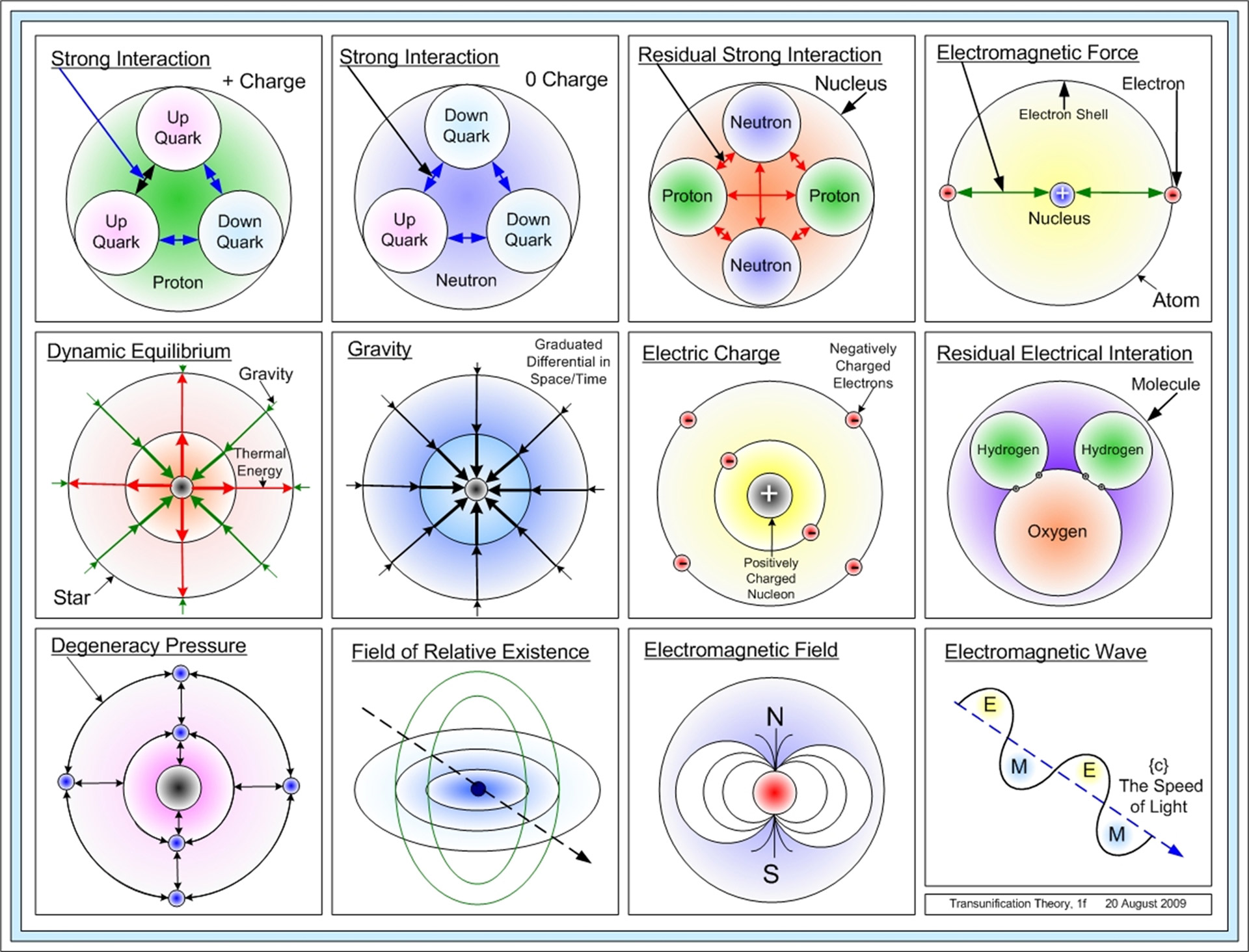Force: An In-Depth Exploration
Introduction
In the realm of physics, one of the fundamental concepts is the notion of "force." Forces are interactions between objects that can cause changes in their motion. In this comprehensive explanation, we will delve into the types of forces, provide examples for each, and explore the fundamental forces in nature. Additionally, we will create an HTML table to summarize these fundamental forces for quick reference.
I. Types of Forces
1. Contact Forces
Contact forces are those that require physical contact between objects. These forces include:
a. Normal Force
The normal force, denoted as N, is a force exerted by a surface to support the weight of an object resting on it. It acts perpendicular to the surface and prevents objects from passing through one another.
b. Frictional Force
Frictional forces denoted as F_friction, are the resistive forces that oppose the relative motion of two surfaces in contact. There are two main types of friction:
-Static Friction
Static friction prevents an object from moving when an external force is applied but is insufficient to overcome the frictional force. It is denoted as F_static.
- Kinetic Friction
Kinetic friction acts when two surfaces are in motion relative to each other. It is denoted as F_kinetic.
2. Field Forces
Field forces act at a distance and do not require physical contact between objects. They include:
a. Gravitational Force
Gravitational force, denoted as F_gravity, is the force of attraction between two objects with mass. It is described by Newton's law of universal gravitation:
`\[F_gravity = \frac{G * (m1 * m2)}{r^2}\]`
Where:
- `\(F_gravity\)` is the gravitational force
- `\(G\)` is the gravitational constant
- `\(m1\)` and `\(m2\)` are the masses of the two objects
- `\(r\)` is the distance between the centers of the two objects
b. Electromagnetic Force
The electromagnetic force, denoted as F_electromagnetic, encompasses both electric and magnetic forces. It plays a fundamental role in interactions between charged particles.
c. Weak Nuclear Force
The weak nuclear force is one of the four fundamental forces of nature and is responsible for certain types of radioactive decay. It is relatively weak compared to other forces.
d. Strong Nuclear Force
The strong nuclear force, or strong interaction, is the strongest force and binds protons and neutrons within atomic nuclei.
II. Fundamental Forces in Nature
Fundamental forces are the fundamental interactions in the universe. There are four known fundamental forces:
1. Gravitational Force
As mentioned earlier, gravitational force is the force of attraction between two masses and is responsible for the motion of planets, stars, and other celestial bodies.
2. Electromagnetic Force
The electromagnetic force is responsible for all electromagnetic interactions, such as the attraction and repulsion of charged particles and the behavior of magnets.
3. Weak Nuclear Force
The weak nuclear force is responsible for processes like beta decay in atomic nuclei. It is vital for the stability and behavior of atomic particles.
4. Strong Nuclear Force
The strong nuclear force holds protons and neutrons together within atomic nuclei. It is the force that overcomes the electrostatic repulsion between protons.
Fundamental Forces of Nature
| Force | Description | Relative Strength |
|---|---|---|
| Gravitation | Attractive force between objects with mass | 1 (weakest) |
| Weak Nuclear (Weak Force) | Responsible for some types of particle decay | `10^25` times stronger than gravitation |
| Electromagnetic | Force between charged particles (e.g., electrons and protons) | `10^36` times stronger than gravitation |
| Strong Nuclear (Strong Force) | Binds protons and neutrons in atomic nuclei | `10^38` times stronger than gravitation |
Conclusion
In conclusion, forces are pivotal in understanding the physical world. They come in various types, including contact and field forces, and the fundamental forces in nature govern the behavior of particles and celestial bodies. The table provided serves as a quick reference for these fundamental forces.



